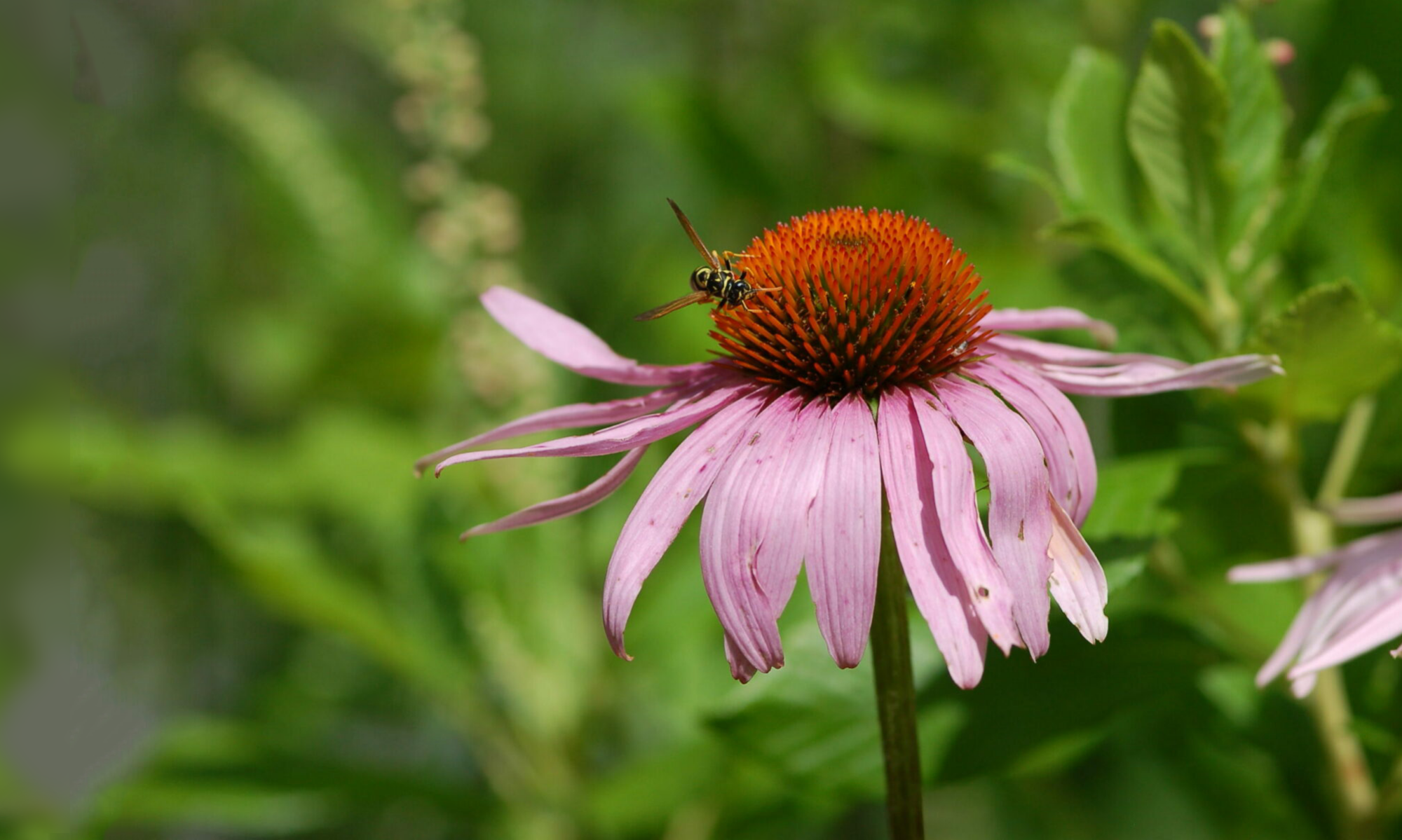STEP GENTLY OUT
Poem by Helen Frost
Photographs by Rick Lieder
Candlewick, 2012
Category: Nonfiction picture book (but truly for all ages)
It was the title that grabbed me first. Step Gently Out. There is an ethic in those words, and they have deep meaning for me. When the book was finally in my hands, though, it was the ant on the cover that pulled me in. He is not rendered in paints as I’d thought when I’d seen the book online, but photographed. Captured atop a slender leaf, antennae waving, stepping gently. Completely enchanting.
Would you believe that things got better from there?
Helen Frost’s text is charming, and I can tell you from personal experience that it holds up to repeated readings. Rick Lieder’s breathtaking images lend a hand, inspiring closer looks at blades of grass and silken threads both inside the book and, of course, out.
I find myself reading this one over and again. I’m in love. I think that every child on the planet should have a copy. I plan to start with the half-dozen kids who know me as Auntie Loree …











